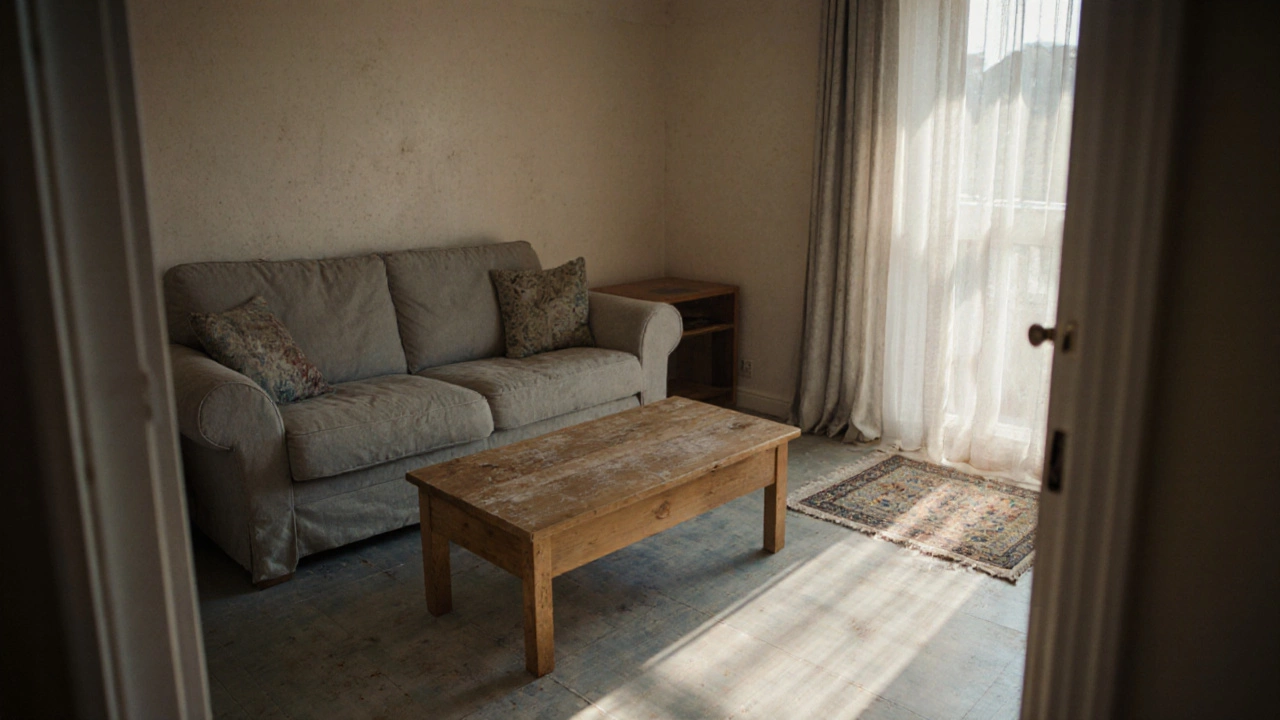Lease Agreement: What Every Renter and Landlord Must Know
When dealing with Lease Agreement, a legally binding contract between a landlord and a tenant that outlines rent, duration, and responsibilities. Also known as rental agreement, it sets the rules for who lives where and how the property is cared for.
Lease agreement isn’t just a piece of paper – it shapes the whole rental experience. One of the biggest pressure points is End‑of‑Tenancy Cleaning, a deep cleaning service performed when a tenancy ends to meet the landlord’s standards. The contract usually spells out exactly how clean the place must be before the keys go back. If the cleaning falls short, the landlord can deduct money from the Deposit, the money held by the landlord as security against damage or unpaid rent. In short, the lease agreement encompasses the cleaning rule, the cleaning rule influences the deposit, and the deposit protects both parties.
Key Elements of a Lease Agreement
The first element is the Landlord, the property owner who rents out the space to a tenant. The landlord’s duties include providing a habitable home, handling major repairs, and defining the cleaning standards that trigger the deposit return. On the other side, the Tenant, the person or household that occupies the rented property must pay rent on time, respect the property, and follow the cleaning checklist in the agreement. Both sides sign the contract, which often adds a clause about a move‑out inspection – a walk‑through that decides whether the property meets the agreed‑upon condition.
Why does the inspection matter? Because it’s the moment where the landlord and tenant compare the actual state of the home against the checklist. If the tenant has hired a professional service for end‑of‑tenancy cleaning, that service usually covers carpets, upholstery, ovens, and windows – all the spots that commonly cause disputes. A clean carpet, for example, can be proved with a professional carpet‑cleaning receipt, which backs up the tenant’s claim that they met the cleaning standards.
Another practical tip: keep a record of every cleaning step you take. Snap photos before and after you scrub the kitchen, vacuum the floors, and treat any stains. This visual evidence acts like a receipt and makes the move‑out inspection smoother. It also helps if you need to dispute a deposit deduction later – the landlord can see exactly what was done, and the tenant can point to proof that the cleaning met the contract’s criteria.
For landlords, setting clear expectations up front saves headaches. Include a simple cleaning checklist in the lease, list the preferred cleaning methods (like eco‑friendly pressure washing for external walls or vinegar‑based oven cleaners for inside the oven), and state whether a professional cleaning service is mandatory. When tenants know what’s required, they’re more likely to comply, and the deposit return process becomes routine rather than contentious.
Whether you’re a first‑time renter or a seasoned property owner, understanding how the lease agreement ties cleaning duties, deposit rules, and inspection outcomes together helps you avoid surprise costs and legal hassles. Below you’ll find a curated set of articles that dive deeper into each of these topics – from end‑of‑tenancy cleaning best practices to how landlords can protect their investments while keeping tenants happy.

Understanding Excessive Wear and Tear in Your Home
Learn how to identify and manage excessive wear and tear at home, with clear signs, prevention tips, and a checklist for renters and owners.
Read More